For Sunday Dinner last week, I decided to make an old fashioned meal like my mama would have made, except I cooked it on the Weber Genesis.
I used this BBQ Meatloaf recipe from Larry Donahue at Weber’s website, and Mike Lang’s recipe for twice baked potatoes on a plank from Another Pint Please.
We also had my wife’s famous Wulff Salad, and I roasted some brussels sprouts.
Everything turned out delicious, though I think I’d season the potatoes a bit more next time. It wasn’t the fault of Mike’s recipe. I just went lighter than I should.
This is definitely a meal we’ll have again, though.
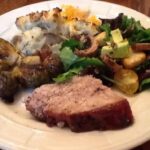
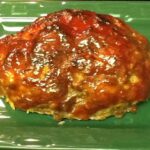

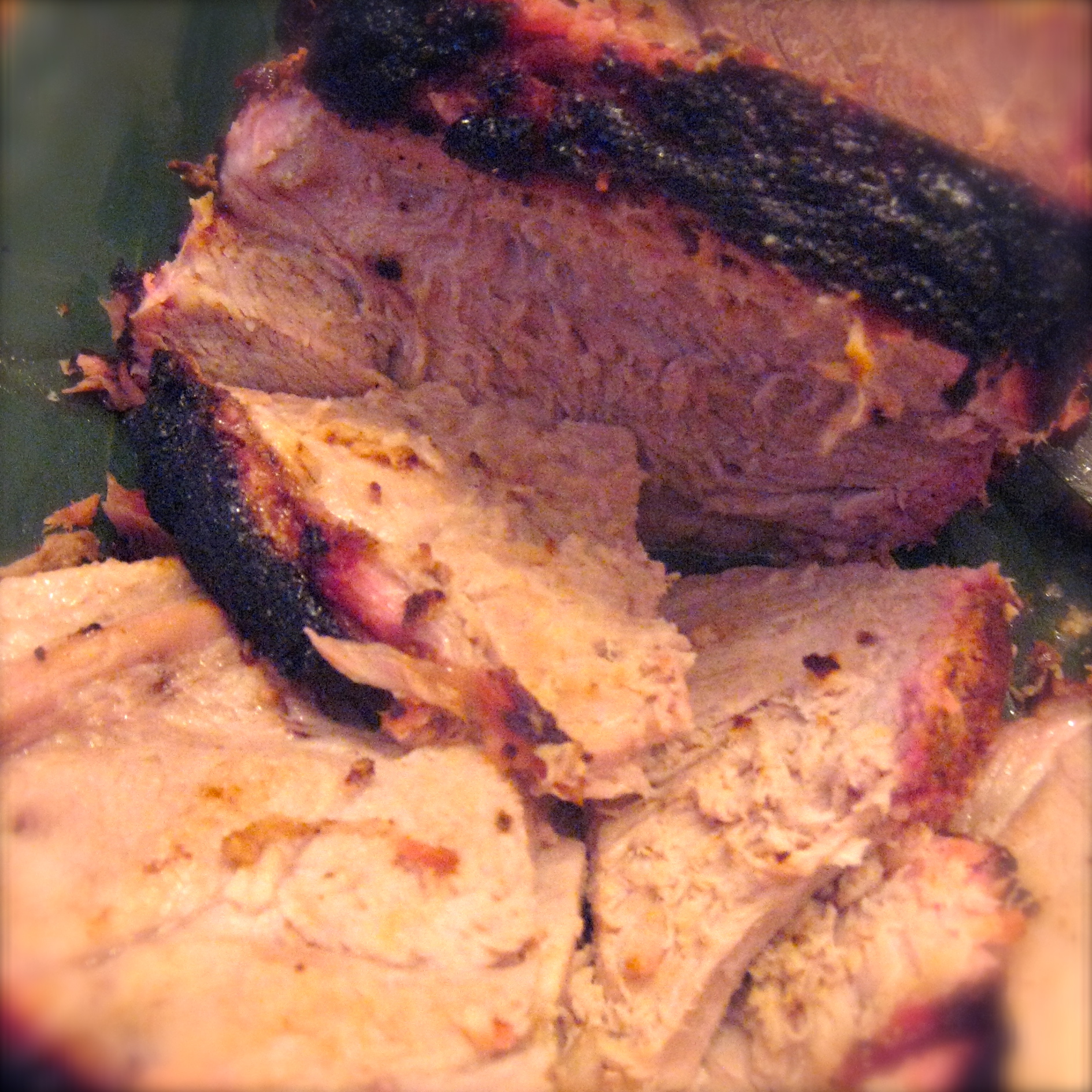 My wife brought home a six pound pork roast on Saturday, and we hadn’t planned Sunday Dinner yet, so I decided to roast it on the rotisserie. I adapted the recipe from the Weber iPad App for Rotisserie Pork Roast with Bourbon Mop. As it turns out, I ended up using some leftover apple juice and vinegar for the mopping, but I did use something akin to the rub from the recipe, and it made a beautiful crust.
My wife brought home a six pound pork roast on Saturday, and we hadn’t planned Sunday Dinner yet, so I decided to roast it on the rotisserie. I adapted the recipe from the Weber iPad App for Rotisserie Pork Roast with Bourbon Mop. As it turns out, I ended up using some leftover apple juice and vinegar for the mopping, but I did use something akin to the rub from the recipe, and it made a beautiful crust.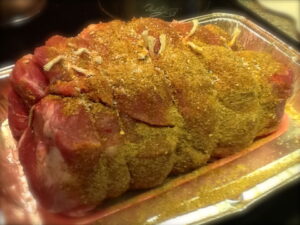
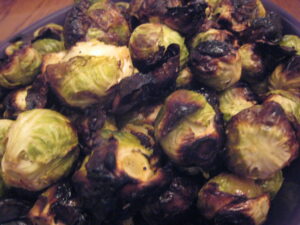
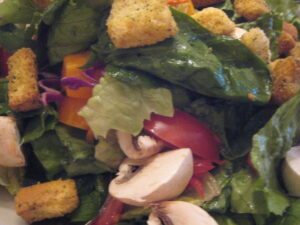
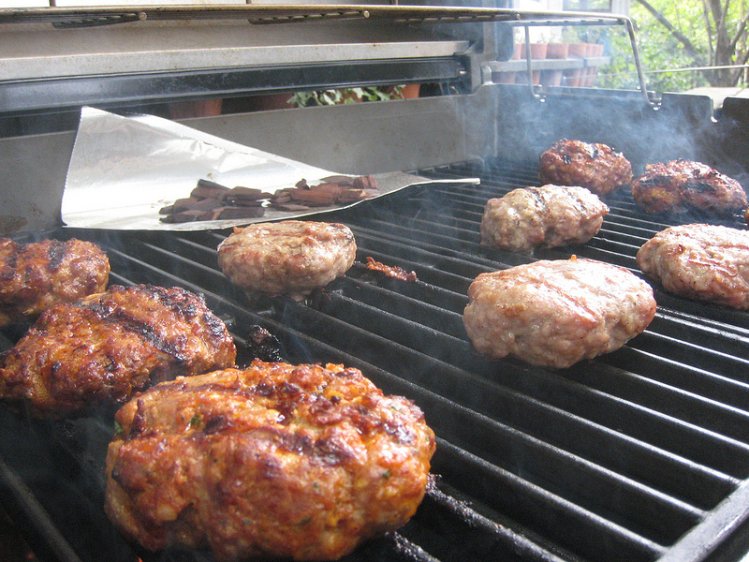
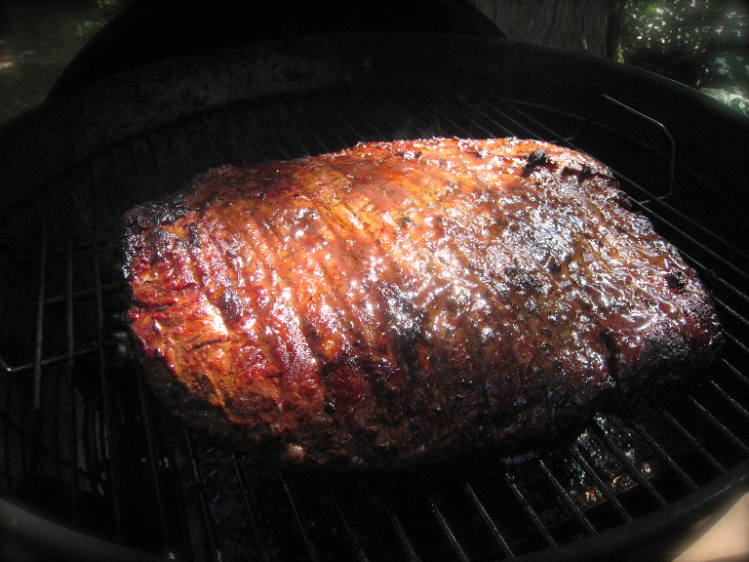


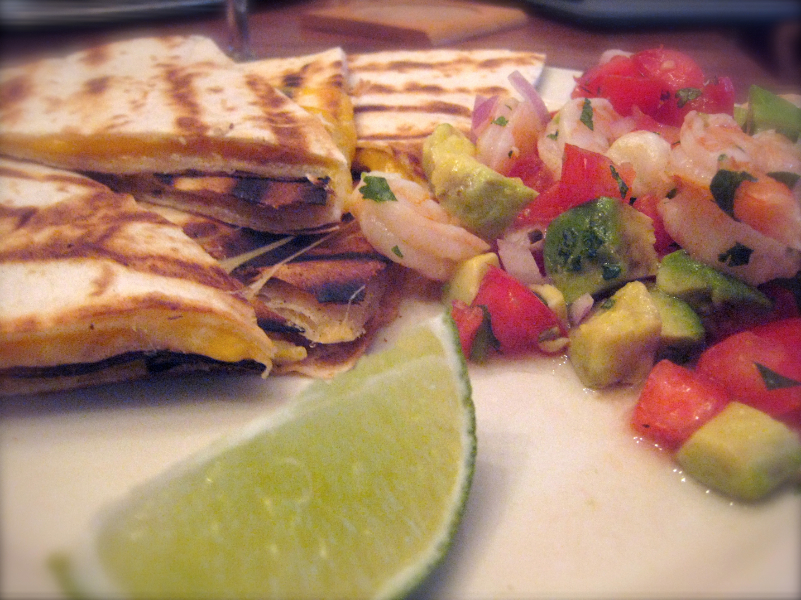
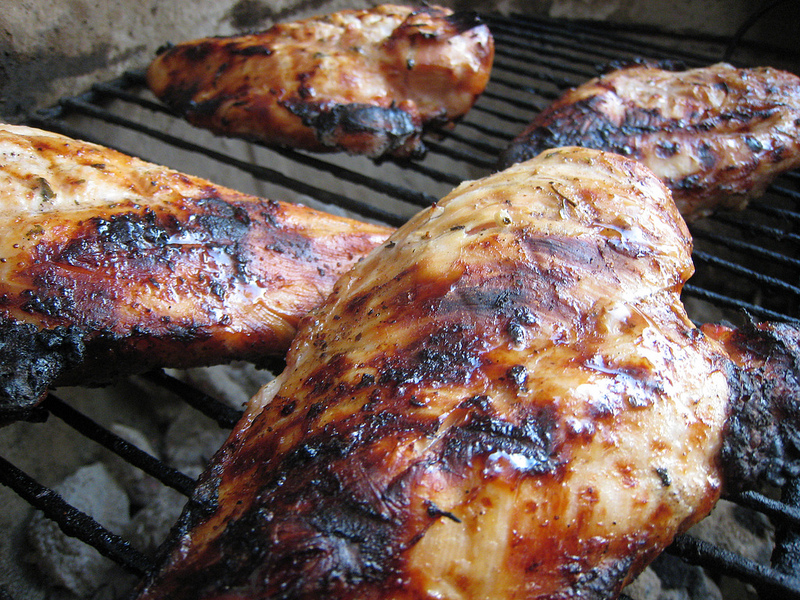
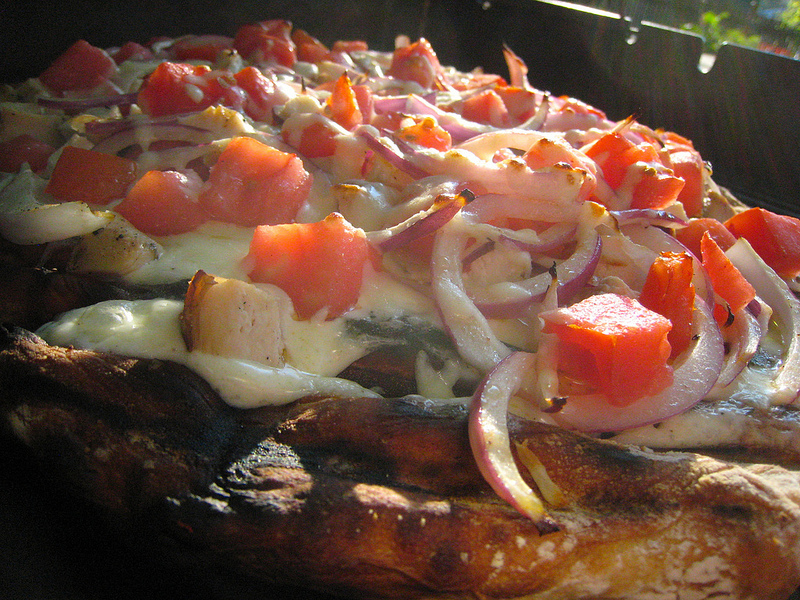
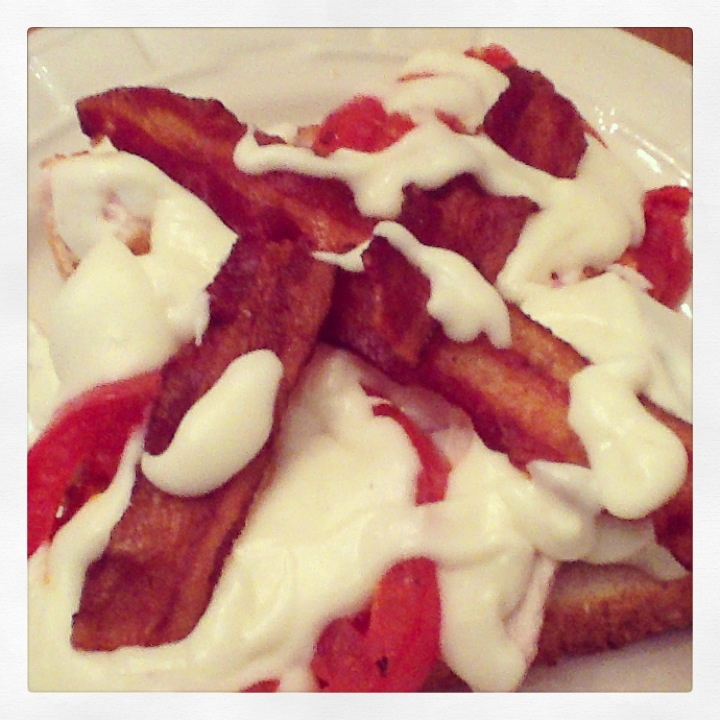 For Sunday Dinner each week we do our best to prepare a special meal and usually invite my wife’s parents to join us. After seeing a recent Throwdown episode where Bobby Flay traveled to Louisville, I decided to try my hand at Kentucky Hot Browns this past weekend, and to cook as much of the dish as possible on the grill.
For Sunday Dinner each week we do our best to prepare a special meal and usually invite my wife’s parents to join us. After seeing a recent Throwdown episode where Bobby Flay traveled to Louisville, I decided to try my hand at Kentucky Hot Browns this past weekend, and to cook as much of the dish as possible on the grill.